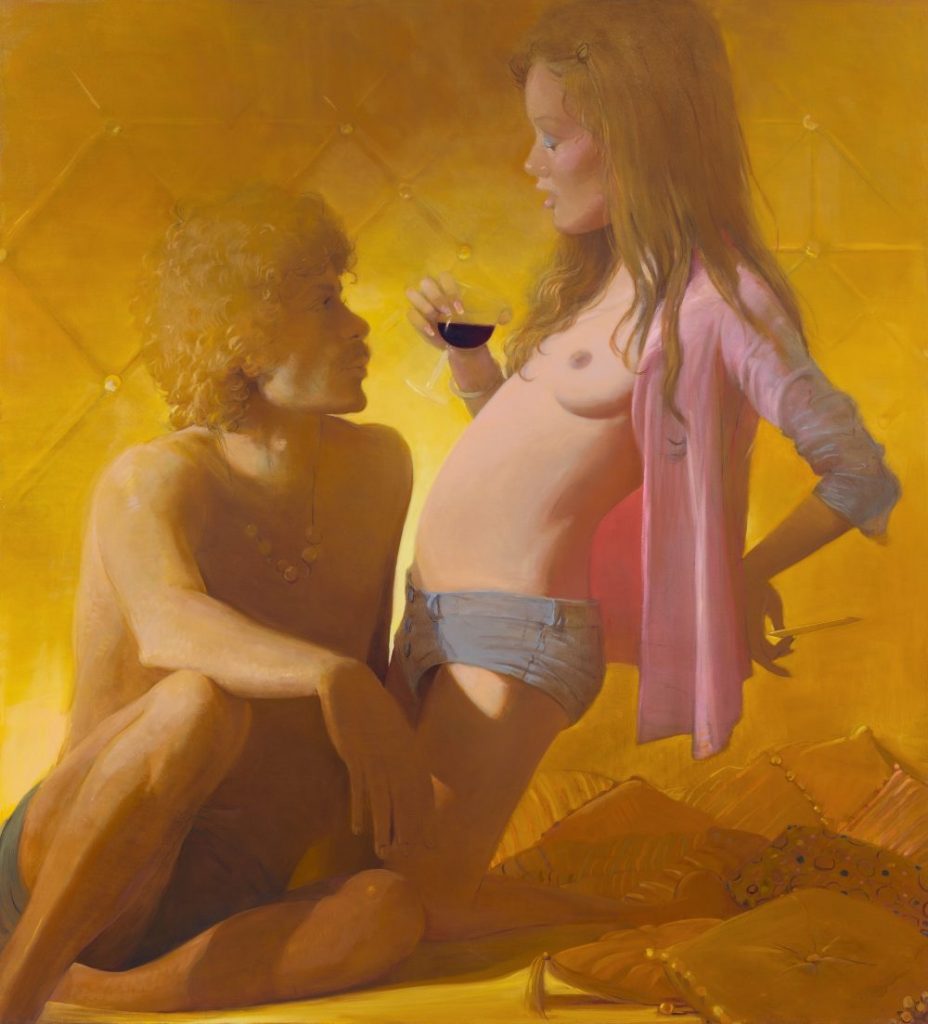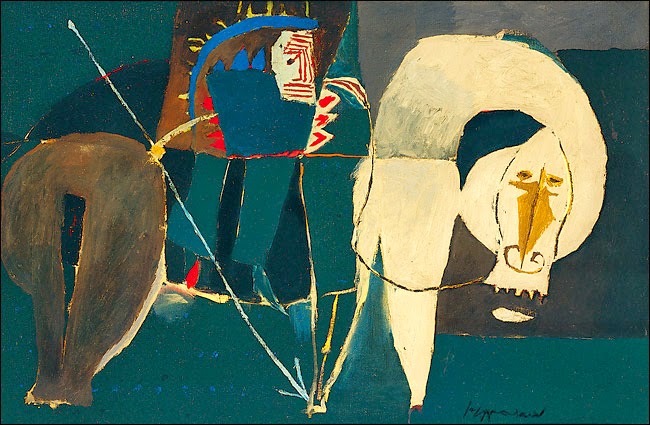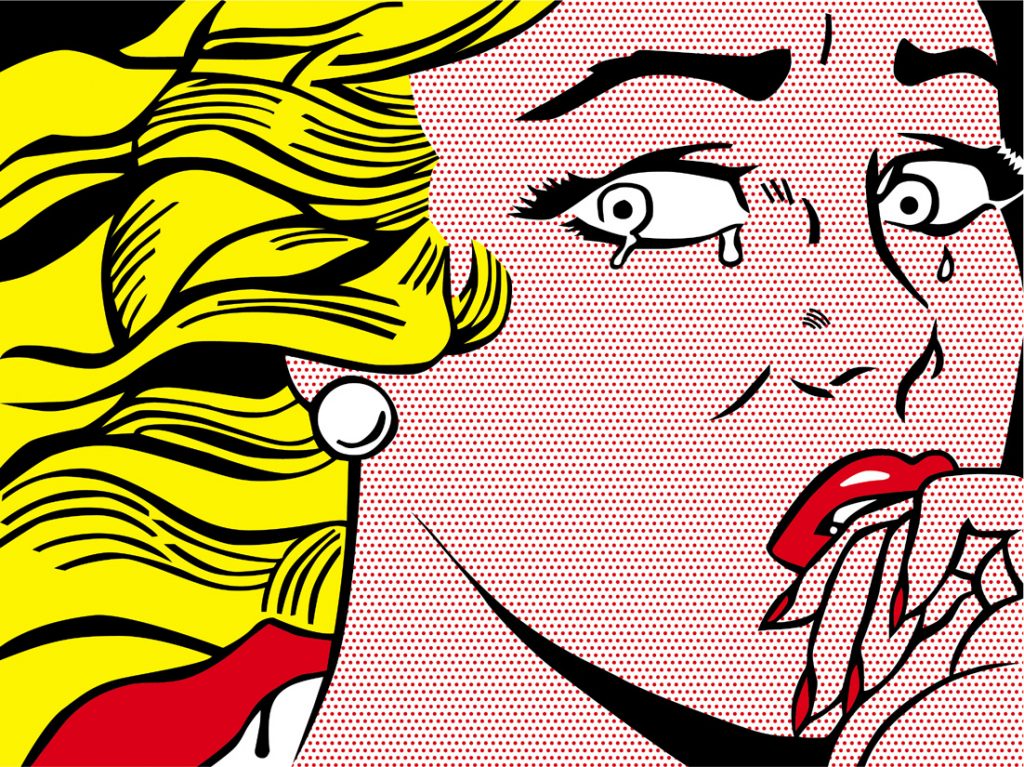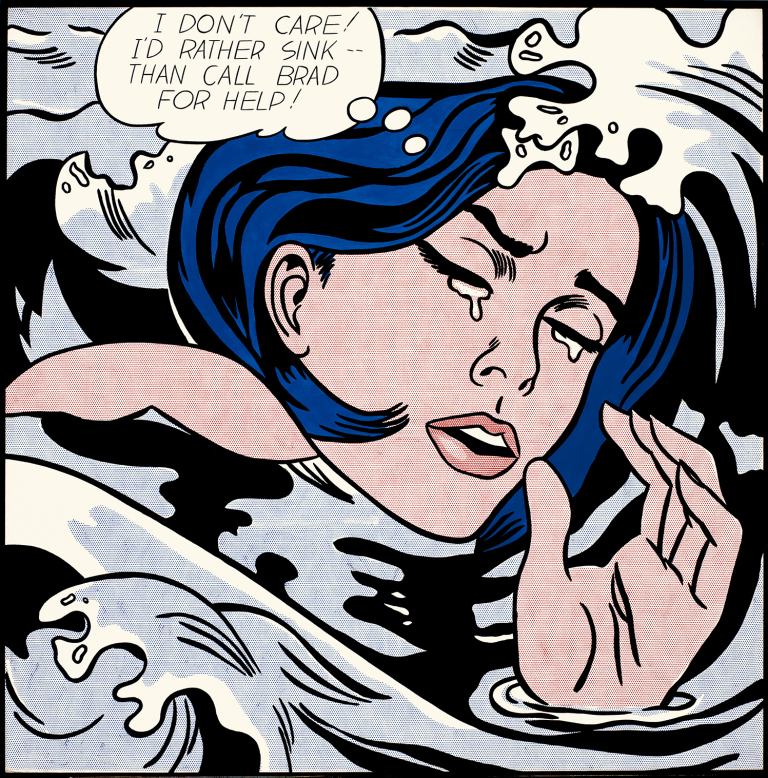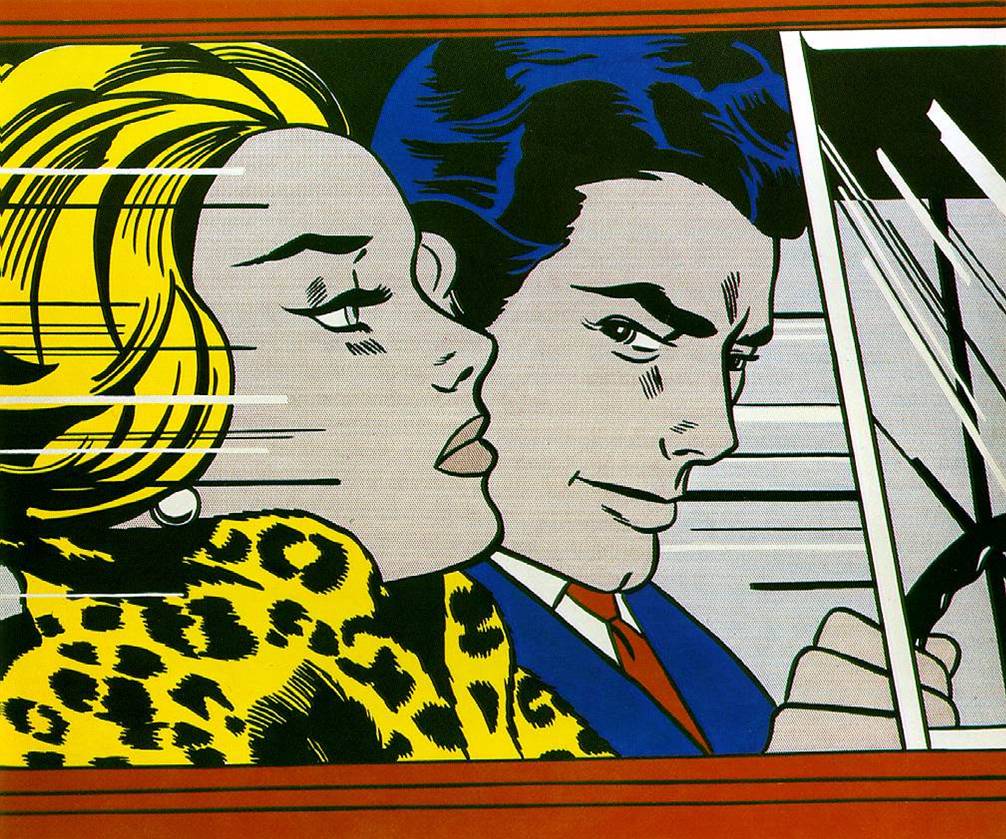
For my third spread, I was assigned a typography spread. I was really excited about this one because it was the same time period where design was shifting away from serif typeface and into san serif typeface. Automatically I knew I had to do a spread on the Futura typeface because it is one of my favourite fonts.
Futura originated from Germany, created by a German type designer named Paul Renner. At this time, Adolf Hitler declared Fraktur font as the official German font, causing all modern typefaces to be looked down upon, especially The typeface Futura. Although it was not loved by Hitler, it was loved internationally for its readability. Futura was the first font to be made into a plaque to stamp during the landing of the moon. This stamp was to let aliens know that humans came in peace.
I am really happy with my third spread. I had a lot of fun creating this spread because I got to make a collage which happens to be one of my favourite types of art styles. It was a bonus that it was also very suitable during this time period. Third time around, I think I did a really good job planning my spread. I took extra caution when placing my type. In the past I put my text either too close to the gutter or not integrate my text well enough where people would be interested in reading what I had to say. Not only did I make the text look like the steam coming out of the landing Apollo 11 but I also made to imitate the popular diagonal text design that was going on around at the time.
I would rate this spread 9/10 because I feel like it is very organized and easy to read. Personally I think my spread would captivate the readers’ attention based on the contrast in red and black used in the background. If I could change one thing about the spread, it would be the image of the Bauhaus school on the bottom right corner. Although the Bauhaus did influence the design of the Futura font, it may not have been super important where I felt the need to incorporate into my spread.



